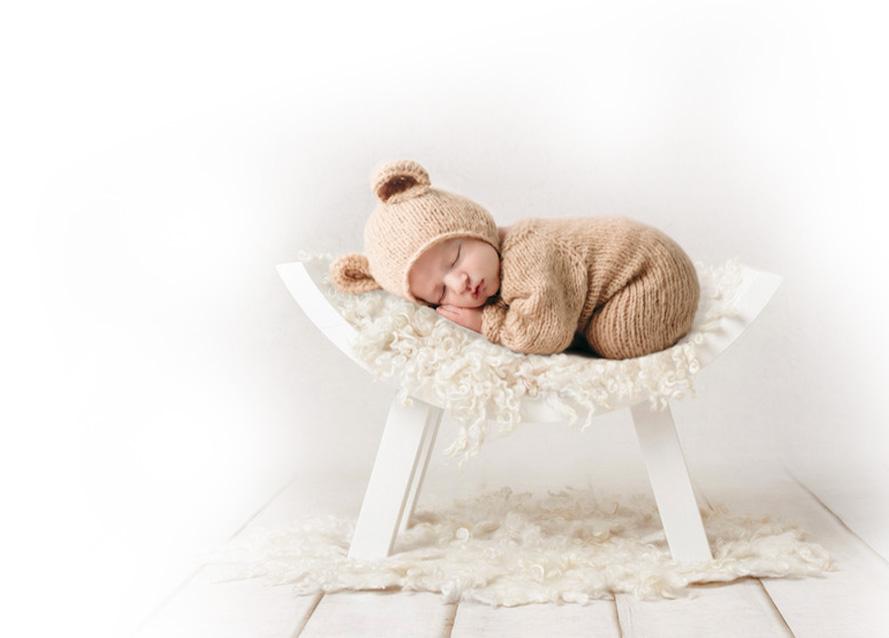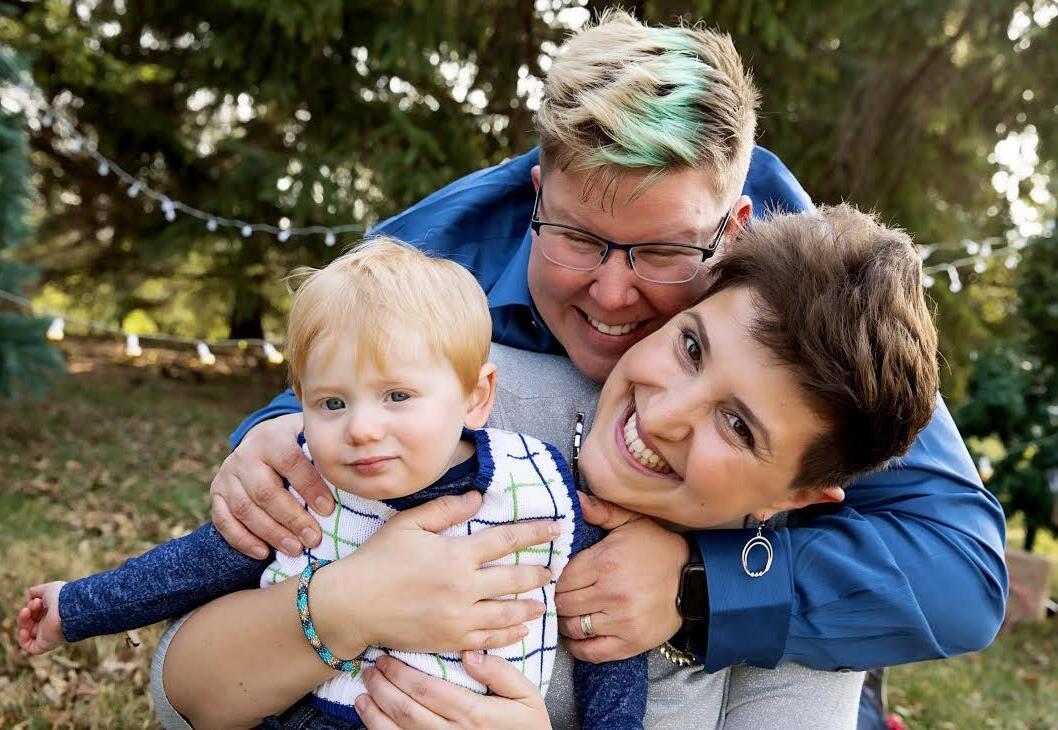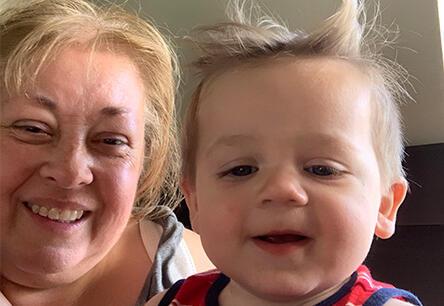How to Adopt a Baby: Our Process
Adopting an infant is not something you can do on your own. You need the knowledge and experience of adoption professionals like us behind you. Our dedicated team will help you throughout the entire infant adoption process and answer any questions you have along the way. Our approach is guided by our compassion for adopting families and respect for birthmothers.
1. Complete Our Free Adoption Application
Ready to move forward? The first step is to complete our free adoption application.
2. Connect With Our Adoption Professionals
One of our dedicated team members will contact you and explain how we can help you adopt a baby.
3. Complete An Adoption Home Study
To adopt a baby, you must be legally approved through the adoption home study process.
4. Receive Educational Resources From LifeLong Adoptions
Get insight into adoptive parenthood and other related resources that can set your new family up for success.
5. Create An Adoptive Family Profile
Create a profile that showcases your family, lifestyle, hobbies, goals, and more.
6. Get Discovered By Expectant Mothers
Our coordinators will share your profile with expectant mothers looking for adoptive parents like you!
7. connect with an
expectant mother
Once you are chosen, we'll
establish communication.
8. bring your baby home
After the birth, complete the required
legal steps to finalize the infant adoption.
Learn More About Adopting a Baby
With our years of experience, we’ve put together an extensive collection of informational adoption resources. Learn about the adoption home study, the newborn adoption process, adoption costs, working with a potential birthmother, and so much more.


 View Recent Adoptions
View Recent Adoptions
























